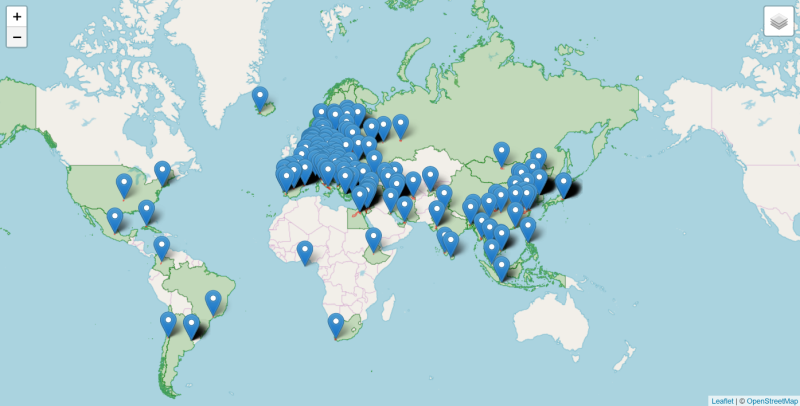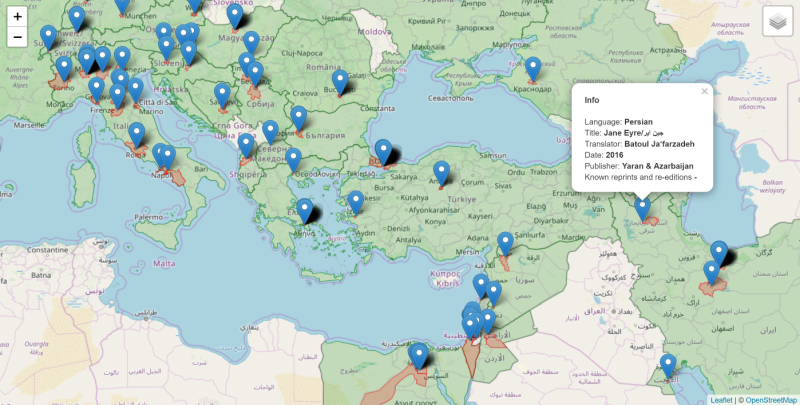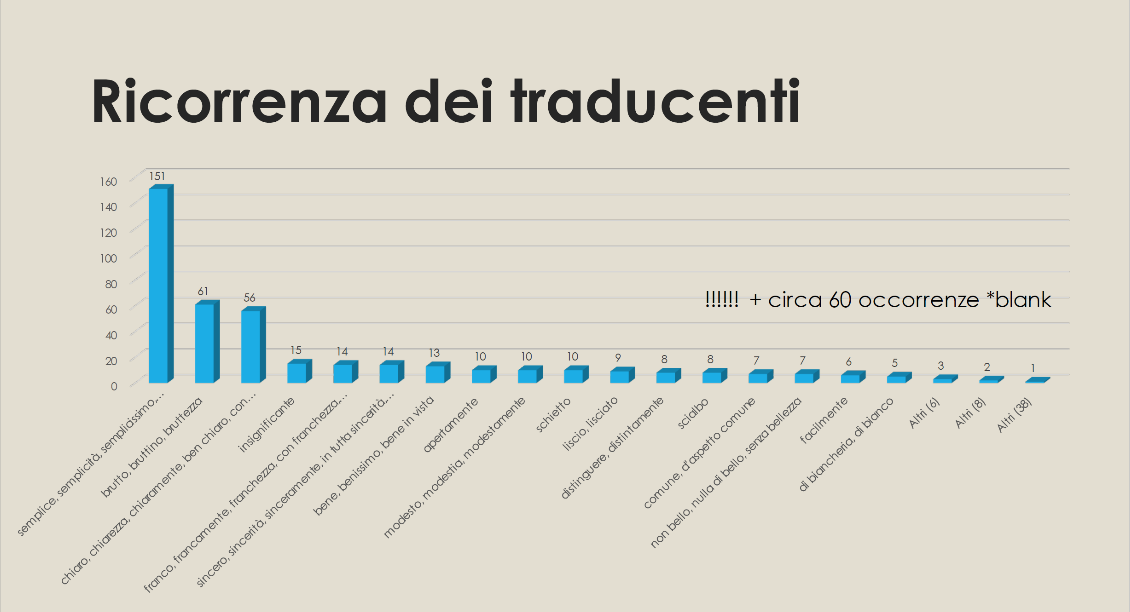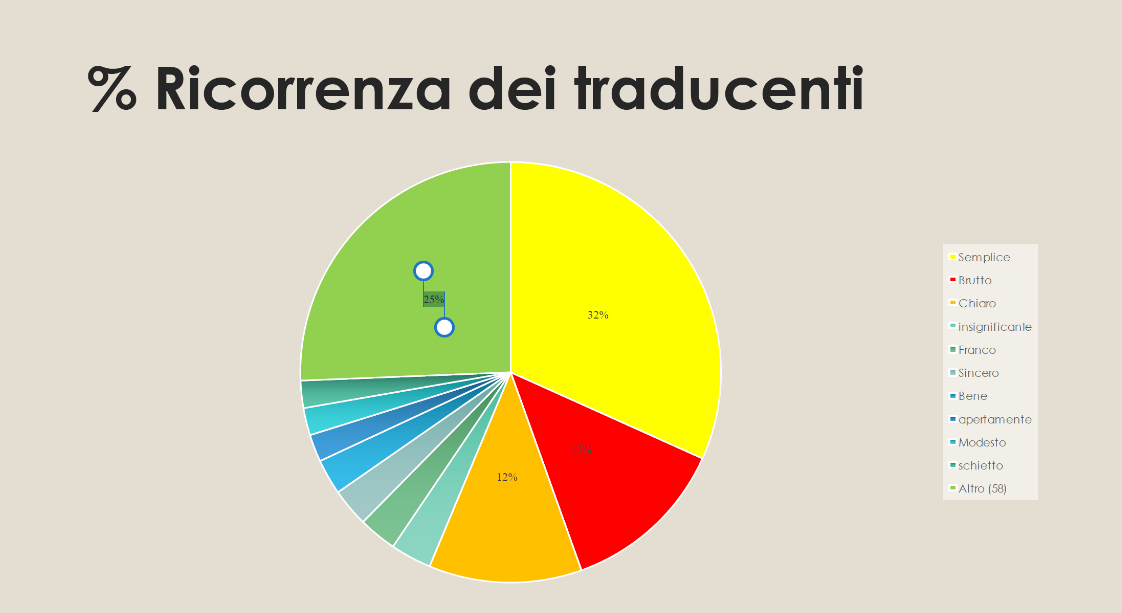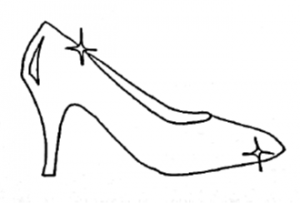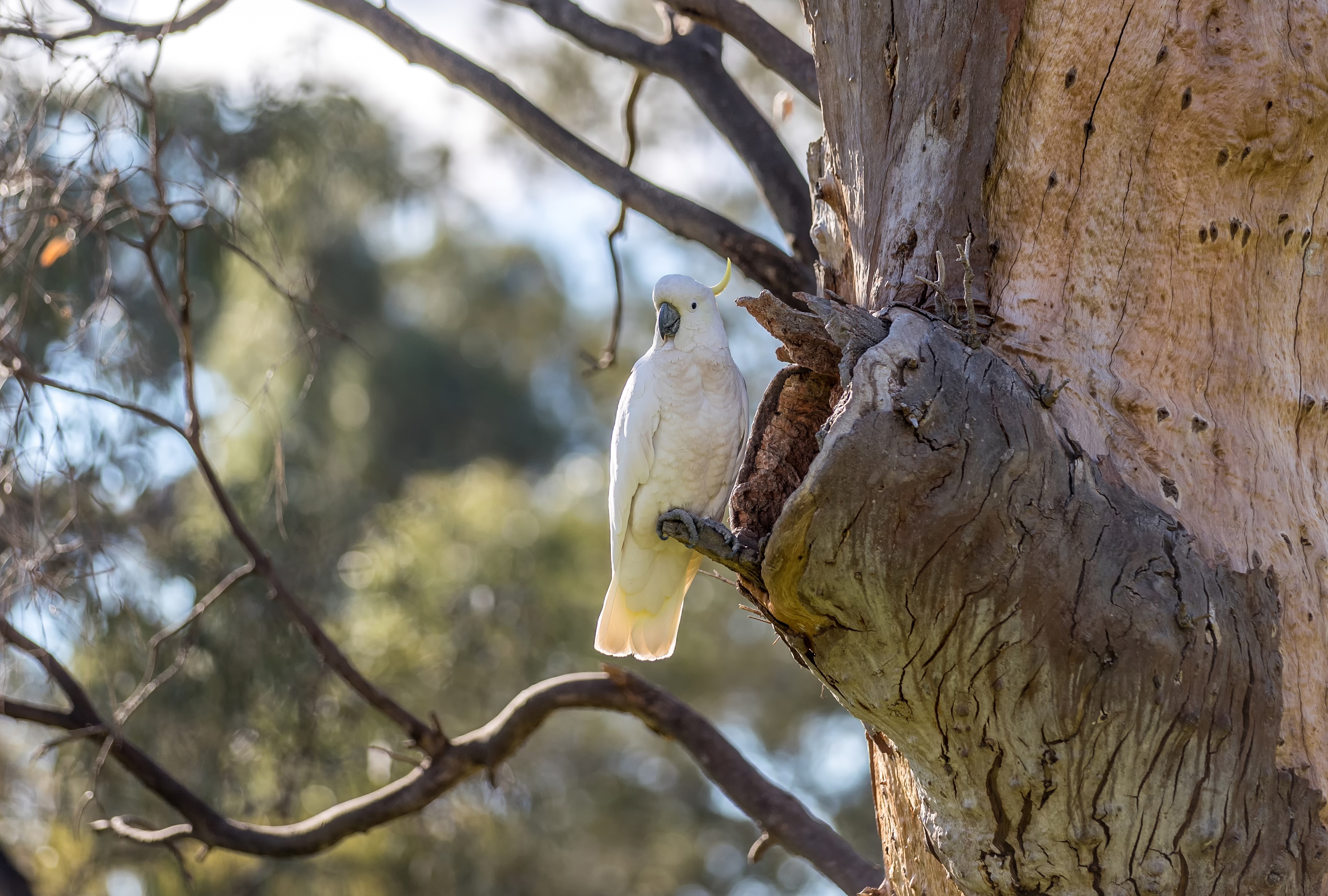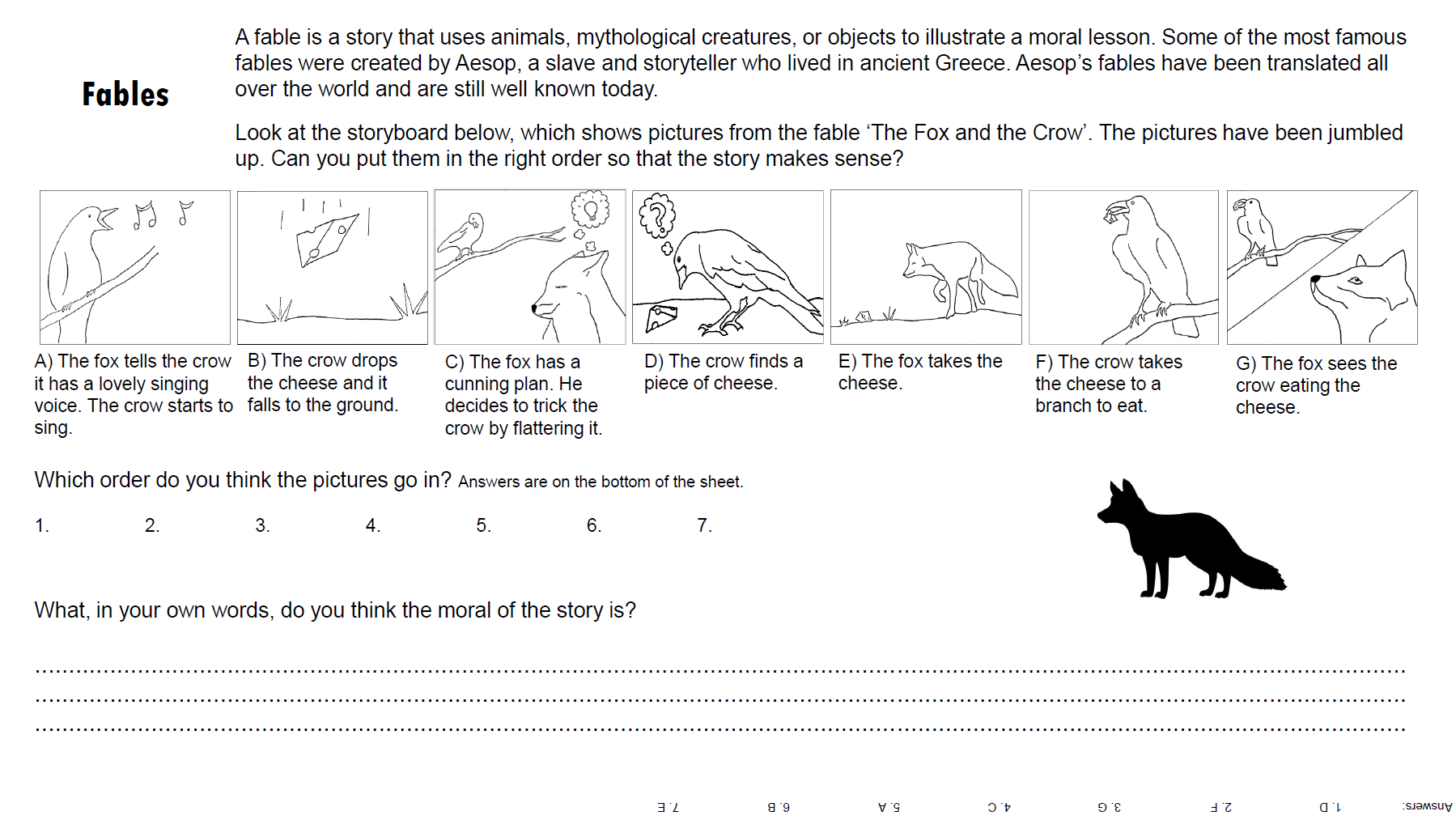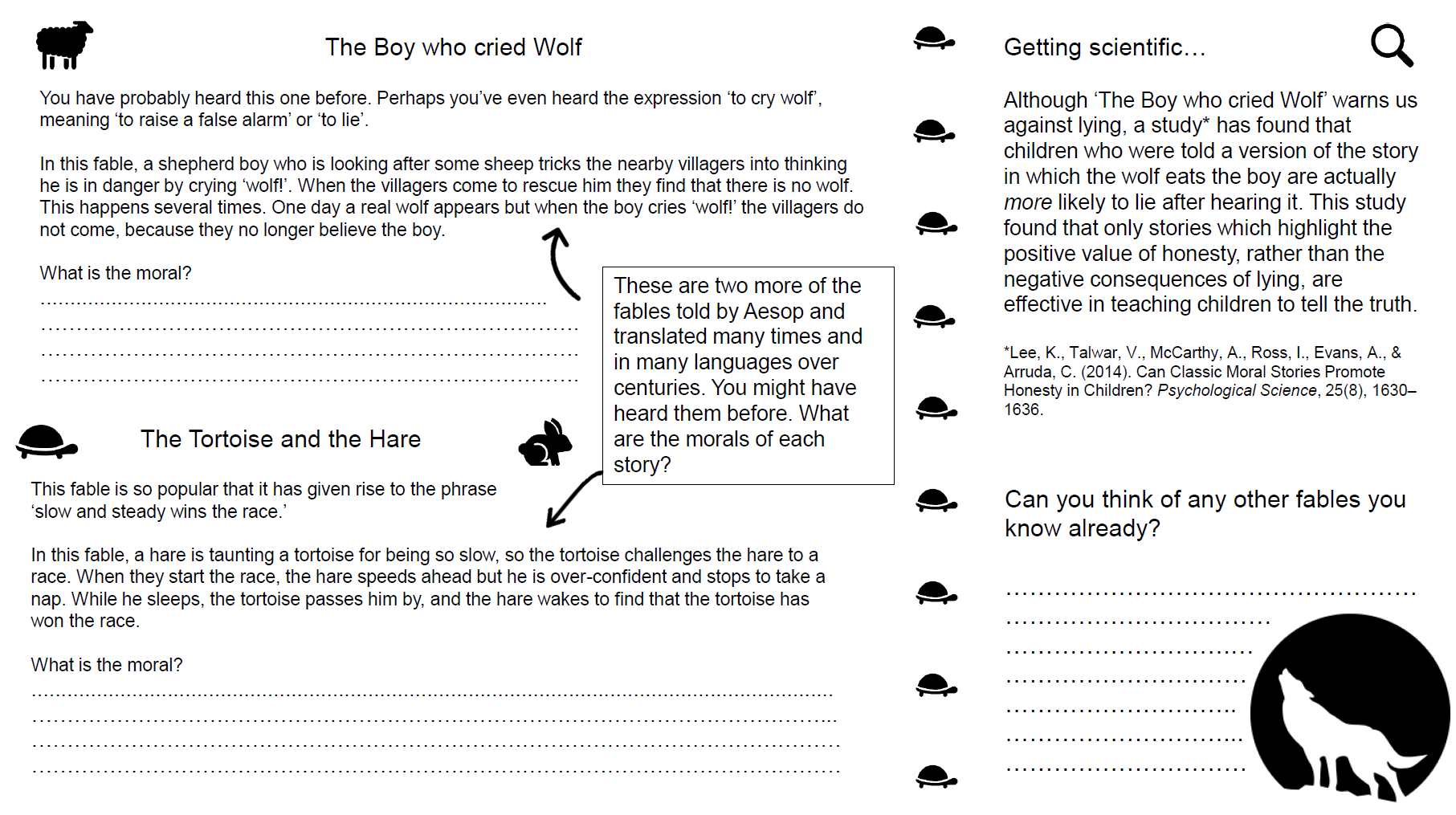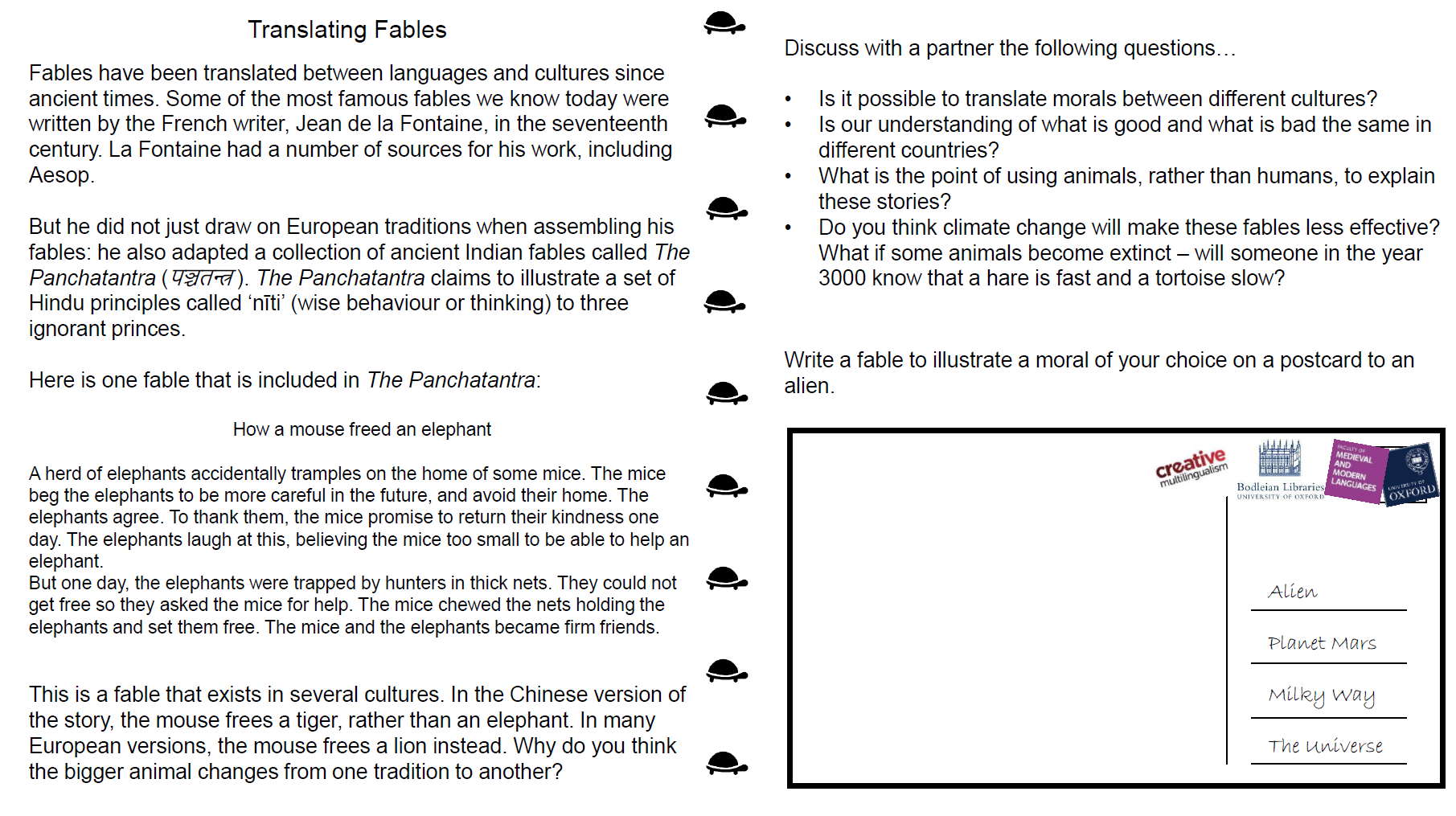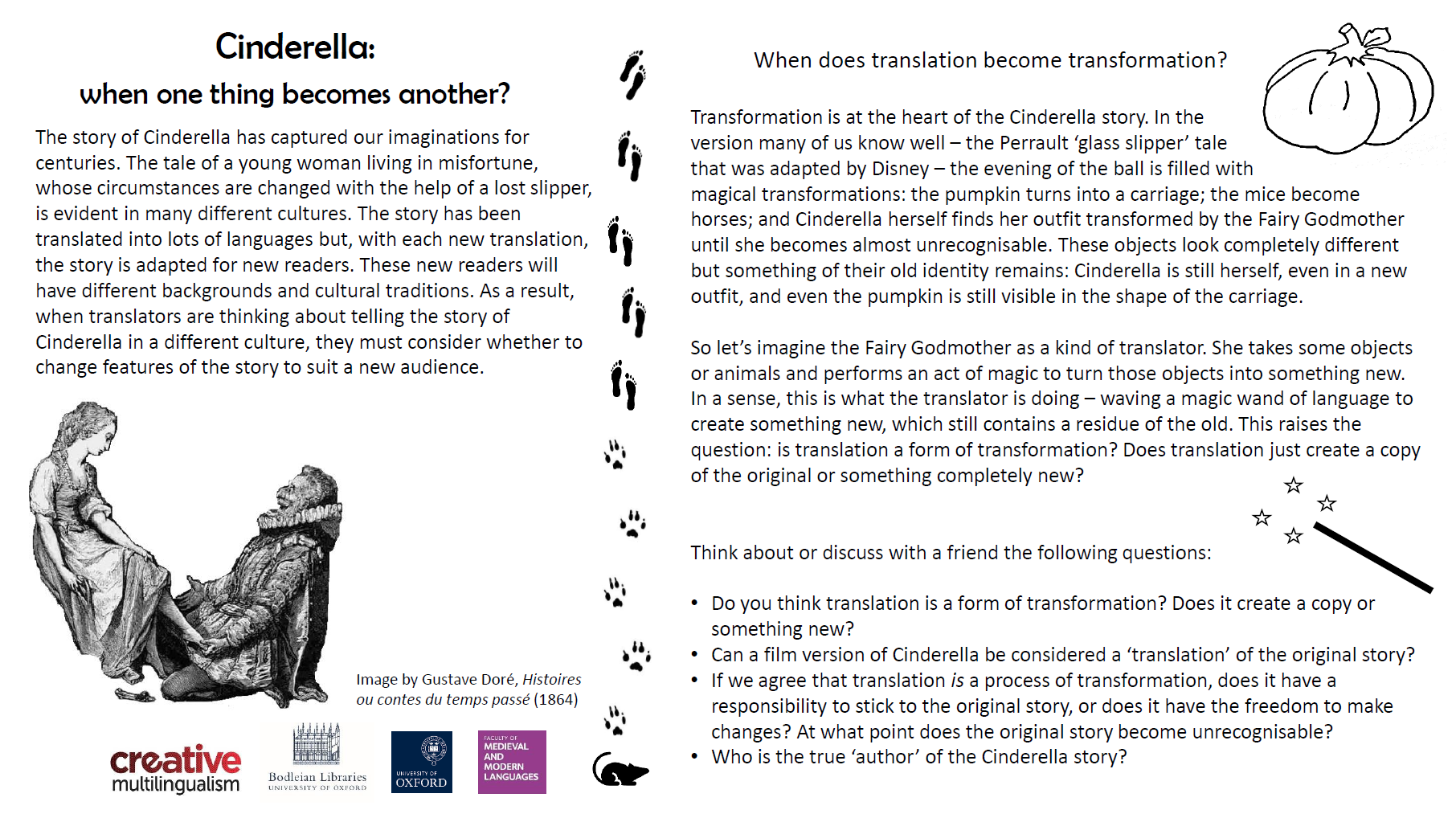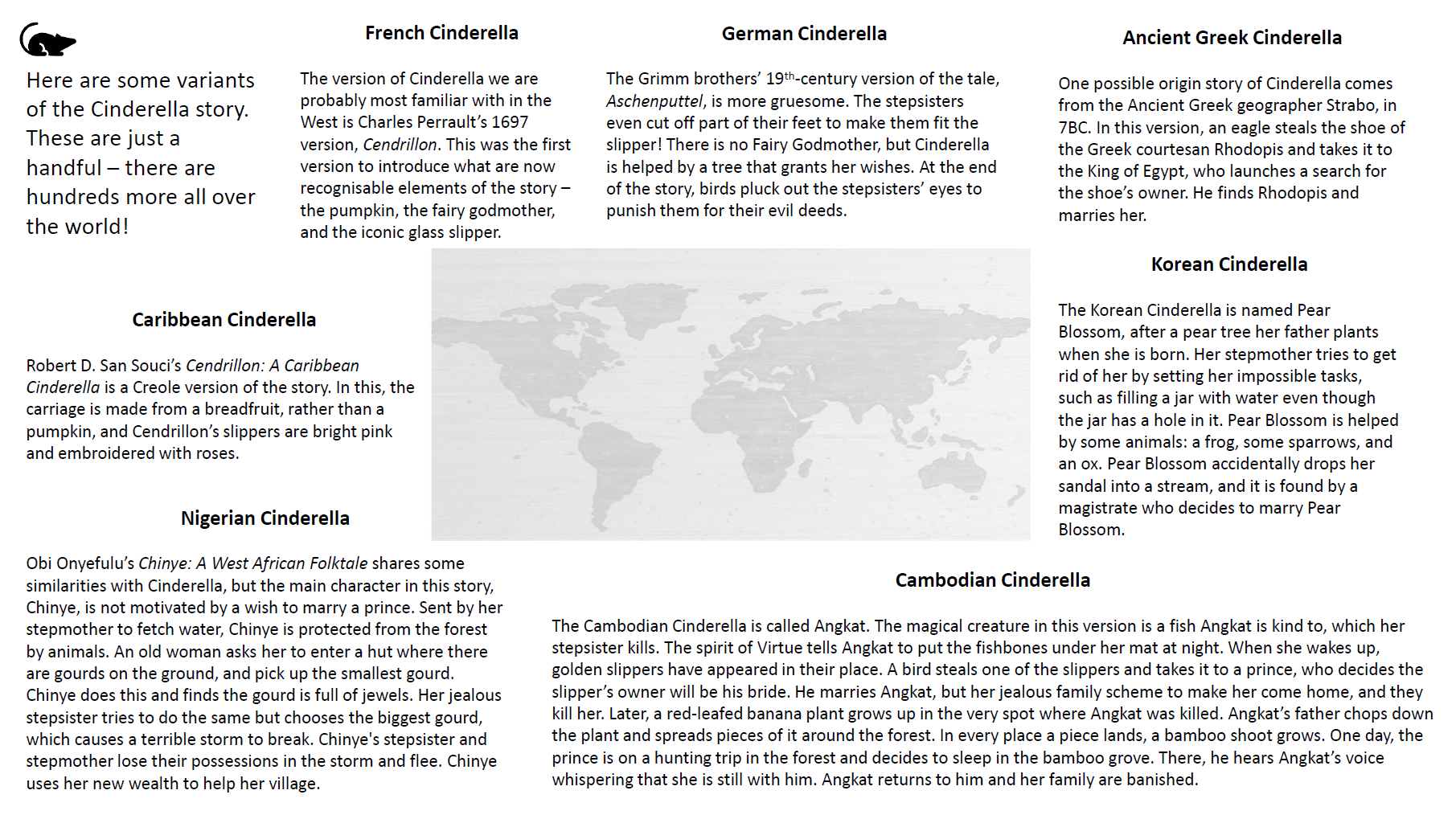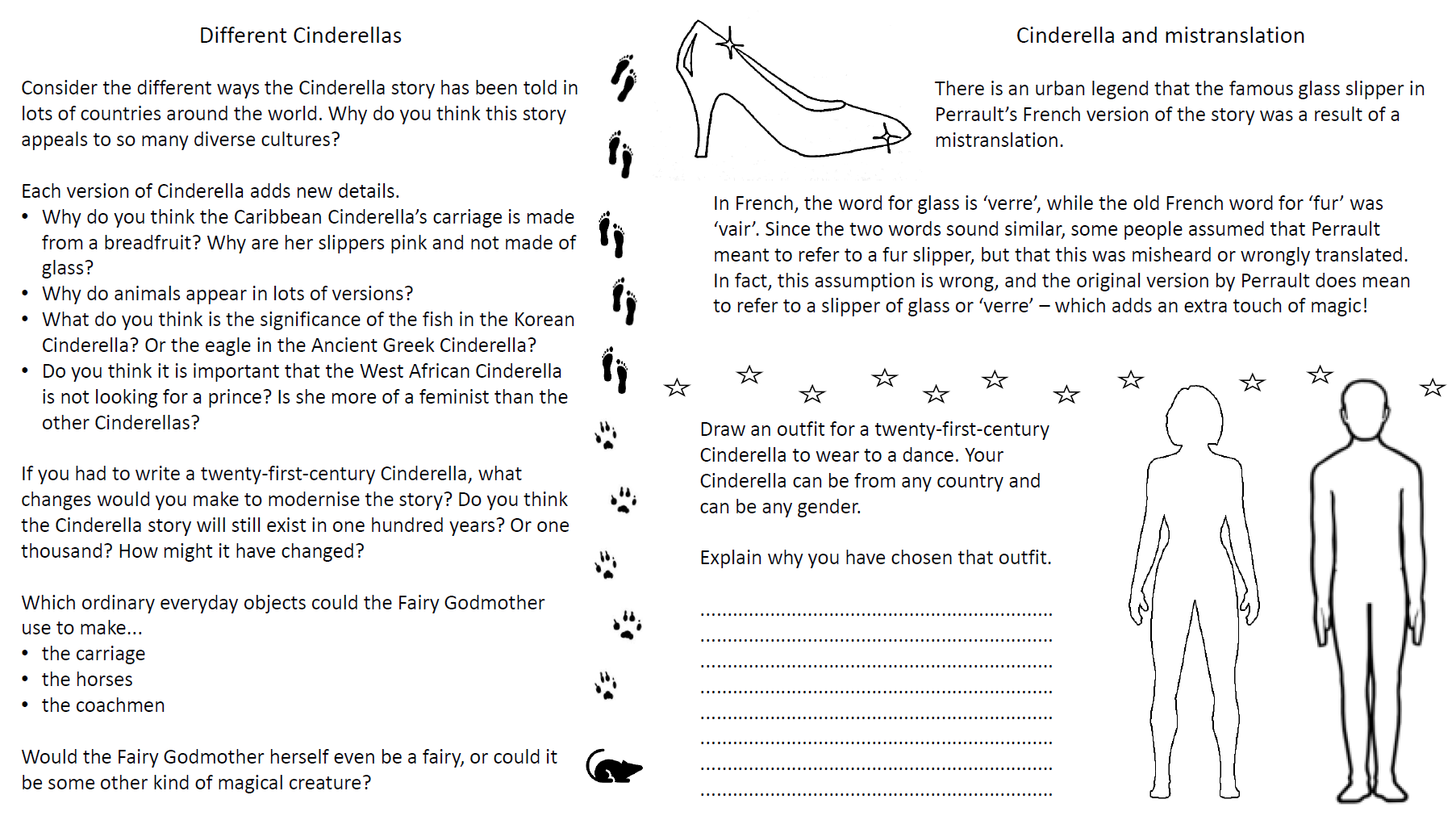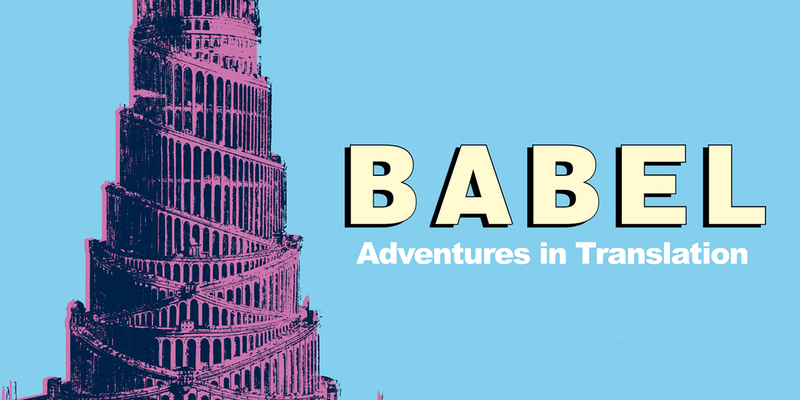This post was written by Sally Zacahrias, a lecturer in Education at the University of Glasgow, and originally appeared on the Creative Multilingualism blog. Creative Multilingualism is an AHRC-funded project investigating the creative dimension of languages – extending from cognition and production through to performance, texts and translation to language learning.
The year 2019 will be remembered by some as the 50th anniversary of the Moon landings. It has been for Moon enthusiasts the chance not only to reflect on Armstrong’s first steps but also what the Moon means to them on a more personal level. The Moon has been compared to a mirror that reflects our passions and beliefs.
As Philip Morton in ‘The Moon. A history for the future’ wrote:
…what people see when they look at the Moon is indeed, for the most part a reflection of themselves – of their preoccupations and theories, their dreams and fears. It has been used for such reflection, or projection in science and fiction alike (Morton 2019:20).

Photo by Robert Wiedemann on Unsplash
These Moon celebrations also provided me with an opportunity to explore what the Moon meant to people of different cultural and language backgrounds. The Moon is a powerful lens for understanding and comparing different cultures as, firstly, it features so strongly in all cultures and, secondly, it has come to symbolise many everyday concepts (love, friendship, beauty, time) that are shared between members of different cultural groups.
Culture can be thought of as a set of shared ways to frame concepts that characterise groups of people and often these understandings are reflected in the metaphors used by people belonging to those cultural groups. When linguists talk about metaphors they mean that they describe one thing in terms of another, so ‘The Moon is made of cheese’ is an example of a metaphor. The surface of the Moon (which is strange and a bit abstract) is being compared to a cheese with holes in it. One way to find out what the Moon means to people from different cultural and linguistic backgrounds is to look at the various Moon idioms they use, a specific type of metaphorical expression. Here are some examples that I have collected as part of this project:
| Idiom | Language | Literal Translation | Meaning | Abstract concept associated with the Moon |
| être dans la lune | French | to be in the Moon | head in the clouds | thinking/day-dreaming |
| spadł z księżyca | Polish | to fall from the Moon | behaving strangely | thinking/ irrationality |
| er lebt hinter dem Mond | German | he lives behind the Moon | he has no idea what’s going on in the world | irrationality/ strange behaviour |
| I love you to the Moon and back | English | to love someone very much | love | |
| oli mumanzi nka kwezi | Rutooro | you’re as brave as the Moon | very brave | bravery/ emotional strength |
| many Moons ago | English | a long time ago | time | |
| 月有陰晴圓缺 | Mandarin | the moon is dark bright round and missing a piece | to say life is uncertain, not all plain sailing | life |
| 14 قمر | Arabic | full Moon/ Moon of 14 | beauty (woman’s) | beauty |
During the summer, I and a team of science and language students from the School of Education at University of Glasgow ran a couple of workshops, ‘Stories and Science of the Moon’, for families as part of the Glasgow Science Festival. One activity involved asking family members what they thought each of these Moon idioms meant. I showed them the idiom in the original language and its literal translation. Interestingly, although the participants said they didn’t know the language about 70% of the answers were correct!
One plausible explanation for this is that many of these idioms are based on what we call ‘embodied’ metaphors. These are when mental images that we have developed through our interaction with the physical world are used to understand more abstract concepts. So, ‘I love you to the Moon and back’ is based on the image of a long distance representing the intensity of a feeling. These embodied metaphors are thought to be understood across almost all languages and cultures. So, when trying to understand an unfamiliar expression, such as an unknown idiom, we use these embodied metaphors as sense-making resources.
During the workshop, we also explored how narratives and images of the Moon from around the world have changed our perspective of how we understand the universe and our place in it. For example, we looked at how Johannes Kepler, a German astronomer-mathematician, wrote about travelling to the Moon in ‘Somnium – the Dream’ in 1609, considered by many to be the first ever piece of science fiction. The story was written in Latin, at a time when people thought that the Earth was at the centre of the universe. However, Kepler believed differently. By telling a story in which a boy and his mother are taken to the Moon by the moon spirit, and by using the Moon as an analogy of the Earth, Kepler was able to change people’s perspectives of what they normally take for granted. Seeing the everyday through a different image, narrative or language can really transform our sense of reality!

We also explored how almost every civilisation has used the Moon to govern daily life. Its regular phases and movements have been used for calendrical purposes to mark time in many cultures. Ancient time was both measured by the phases of the Moon but it was also the measure of our activities: certain behaviours were assigned to particular phases of the Moon. This can be still seen today in certain religious and cultural festivals that are orchestrated by the Moon, for example, Easter, Ramadan and the Chinese Moon festival.
To explore how the Moon features in people’s lives today at a more individual level, and to discover what the Moon means to people from different cultural and linguistic backgrounds, I have interviewed a number of families, all living in Glasgow, over a period of six months. The families spoke either Arabic, Polish, Mandarin or English: some of the languages that make up Glasgow’s vibrant linguistic landscape. I have been looking at how the family members use metaphor to talk about time, and other abstract concepts, in relation to the Moon. We tend to think that time is a universal concept, experienced the same way by everyone. However, my data shows that people’s conceptions of time, when talking about the Moon, vary in interesting and subtle ways depending on their cultural background, the stories and books they’ve read, the languages they speak and their age.
This study shows that although we all share and know the Moon, different cultures and languages have responded to the Moon in contrasting ways. Understanding this diversity allows for a more complete picture of what makes us human, and how we through our different languages relate to our natural world.
A special thank you to all my language enthusiasts who have been part of this project’s creation: Dangeni, Rui He, Nourah Alshalhoub, Heba Elmaraghi, Idris Al Adawi, Agnieszka Uflewska, Aneta Marren, Annette Islei, Colin Reilly, and to the families I interviewed!


